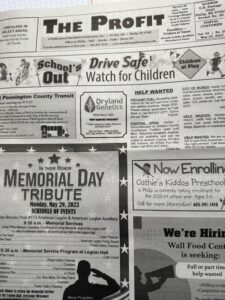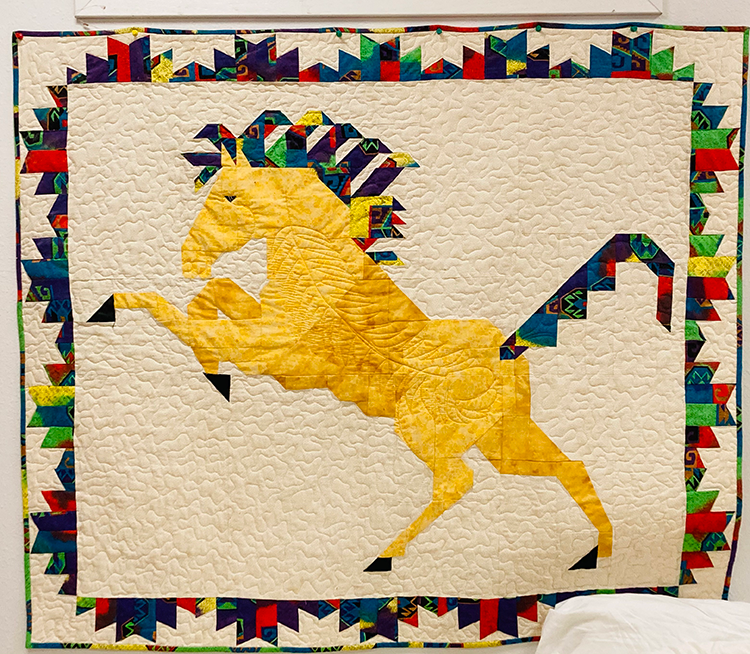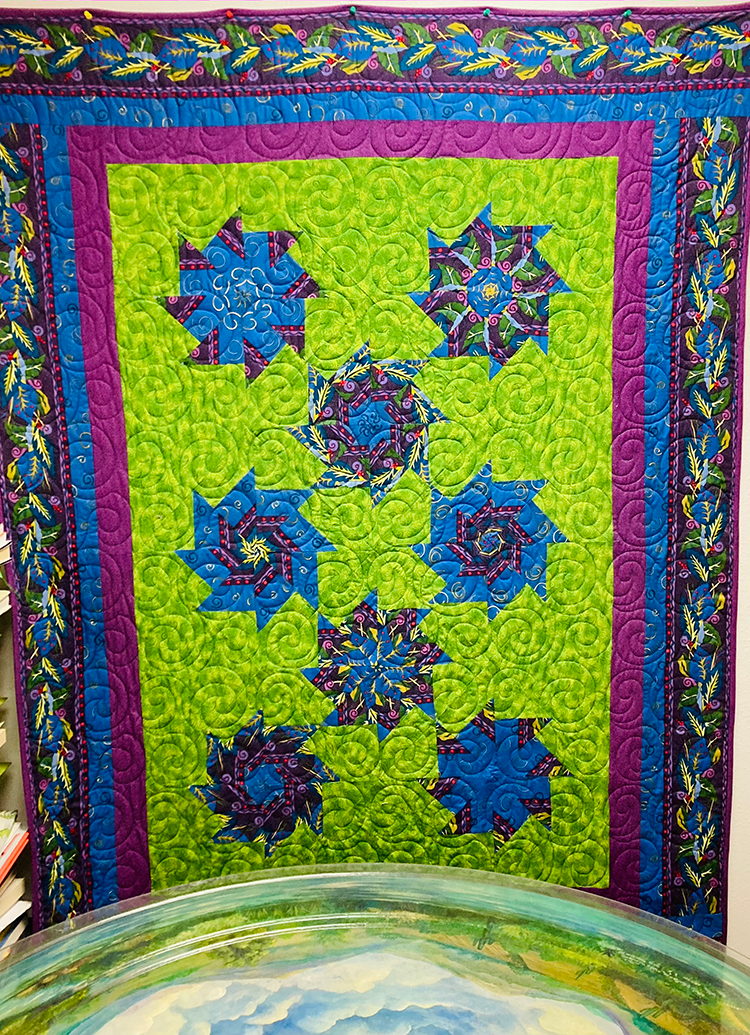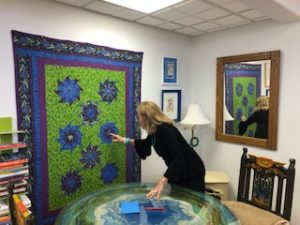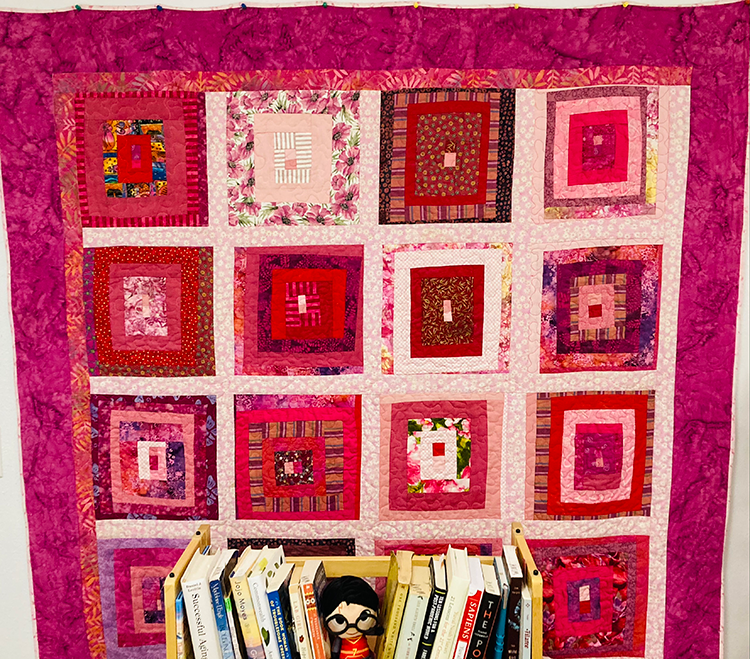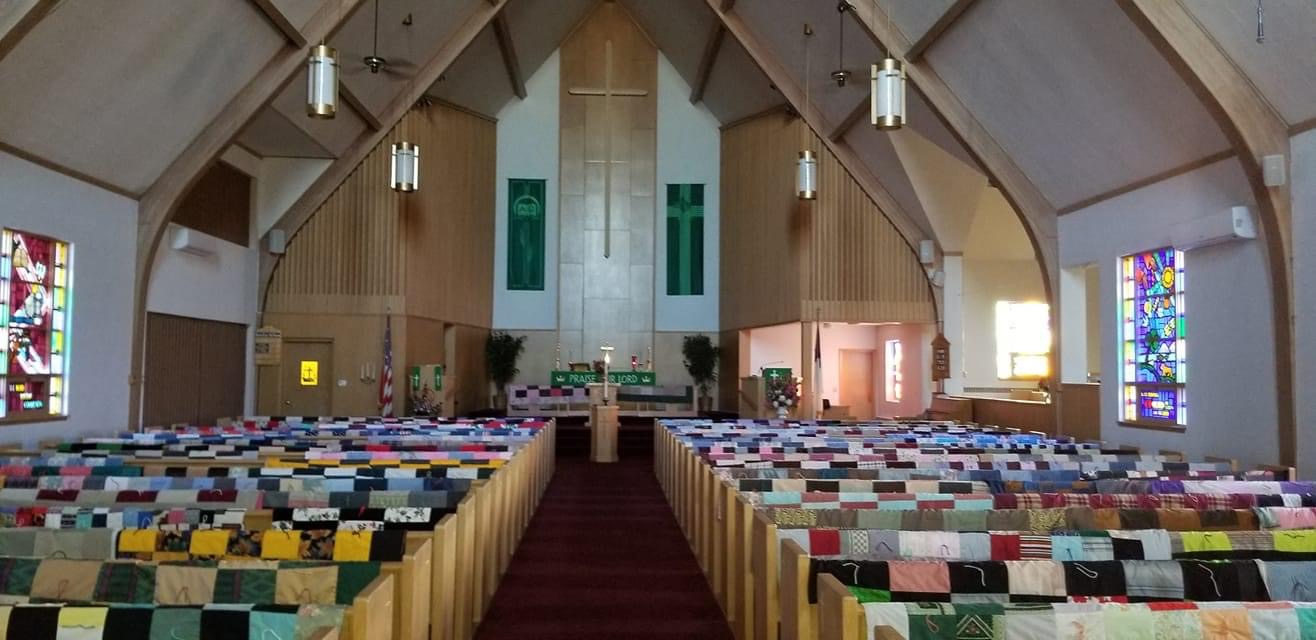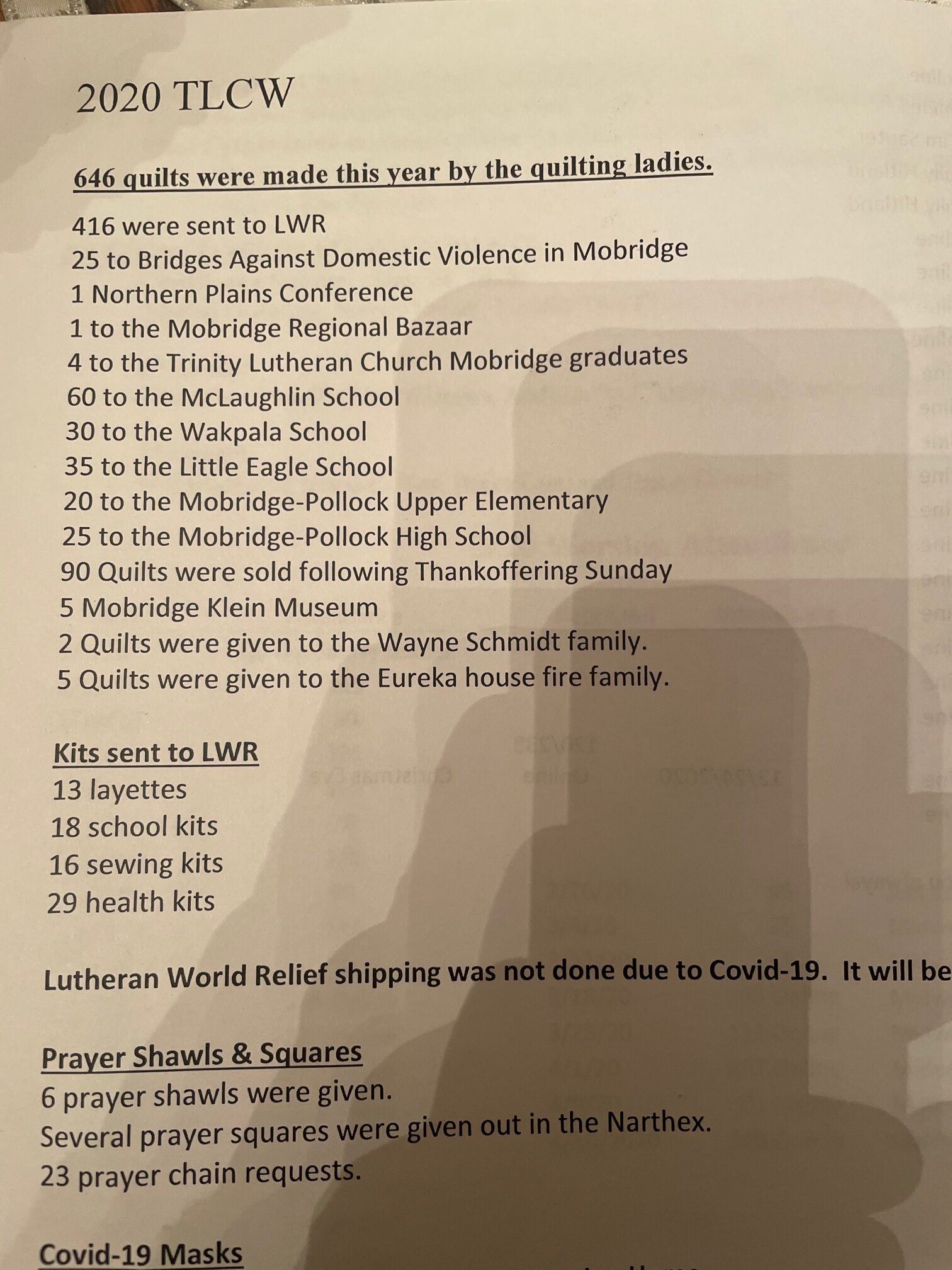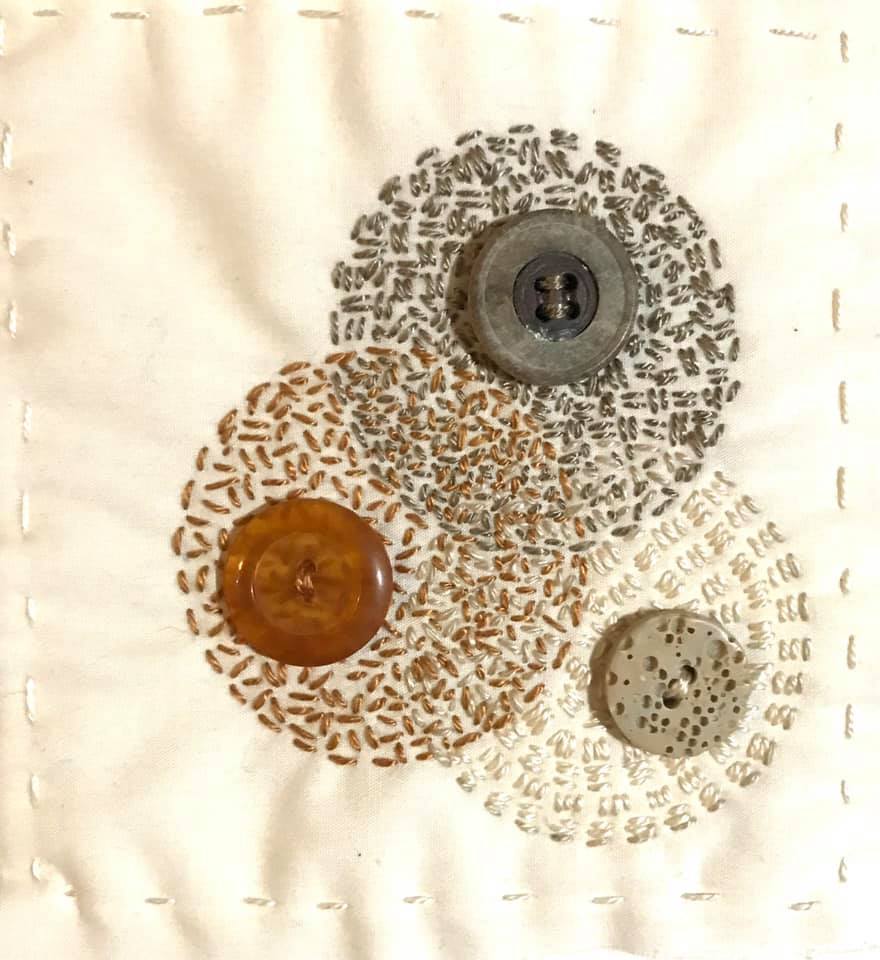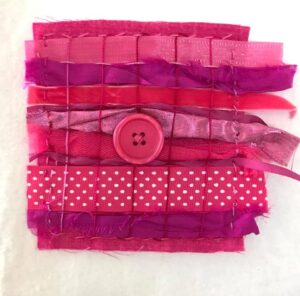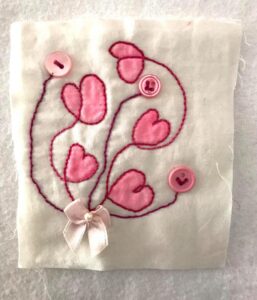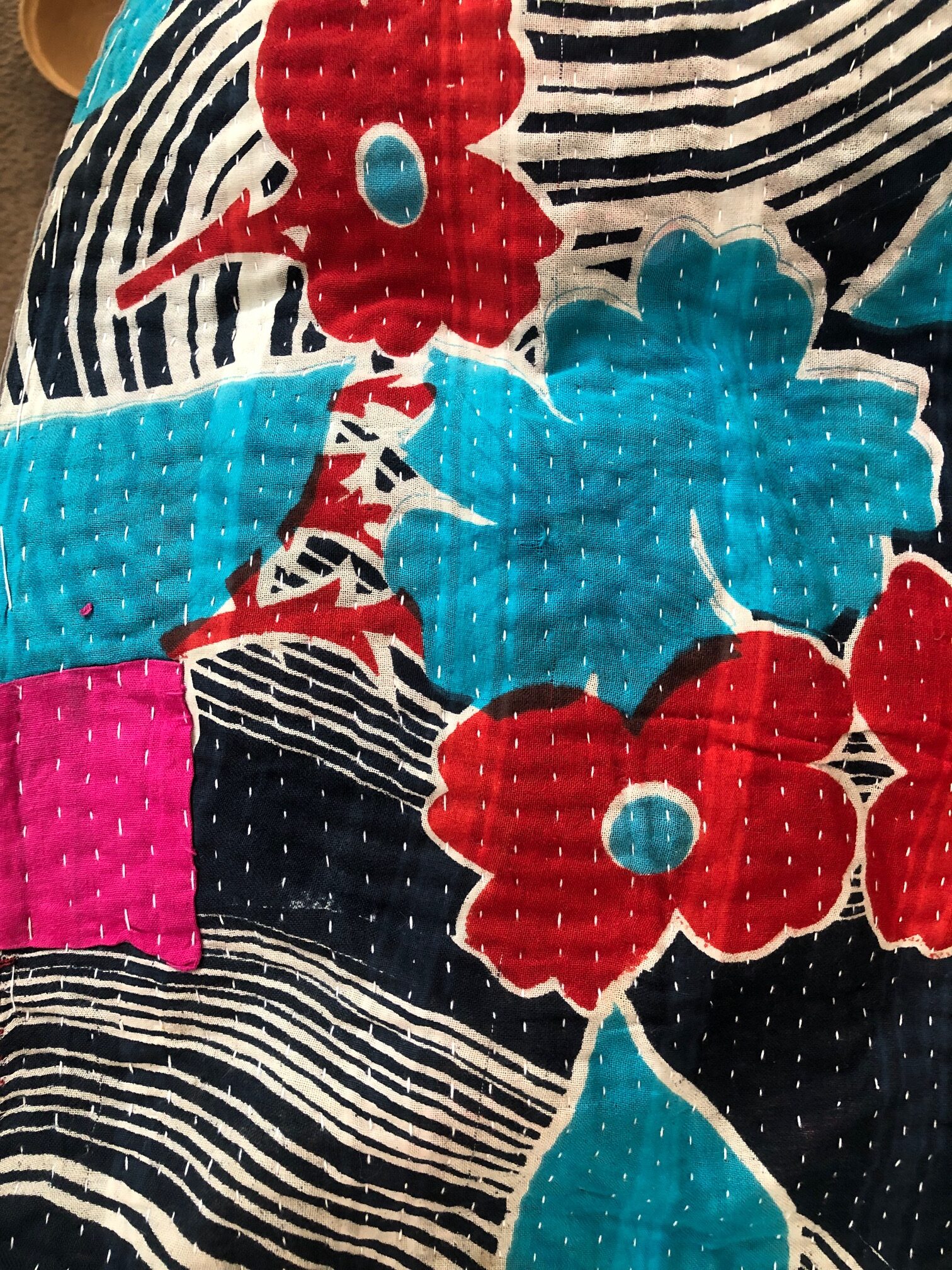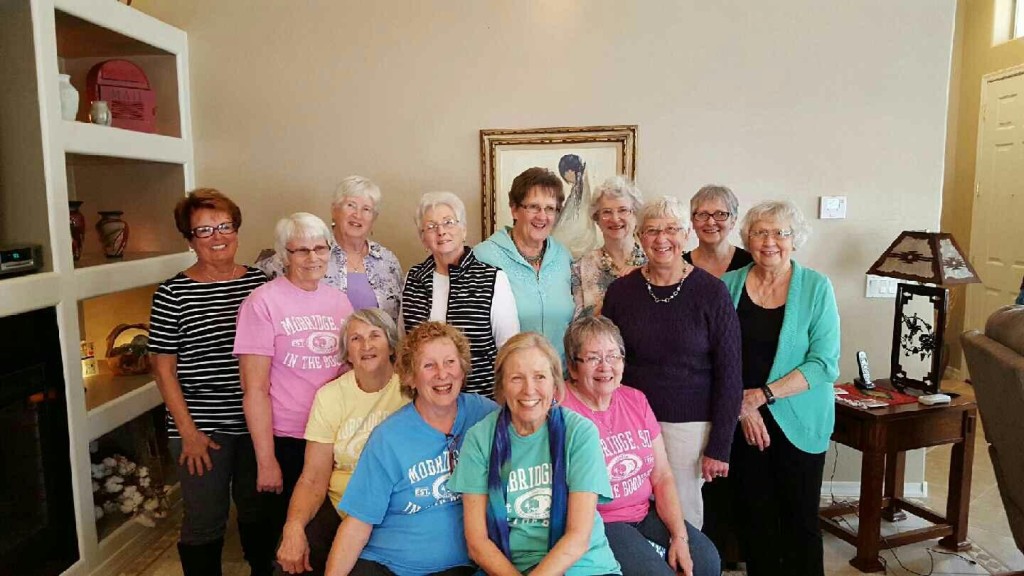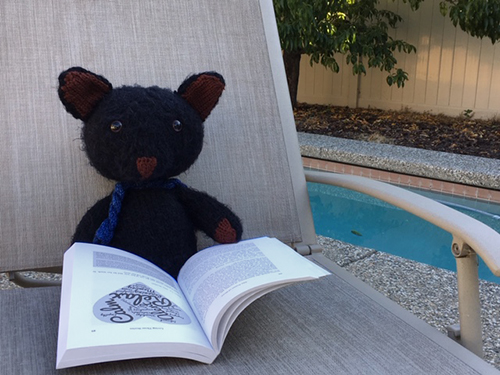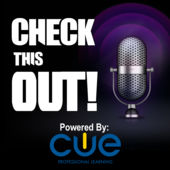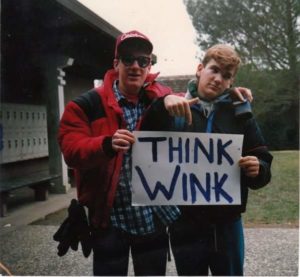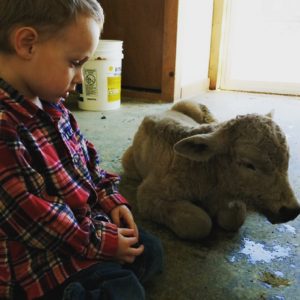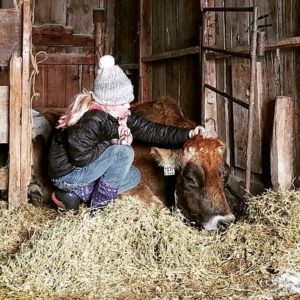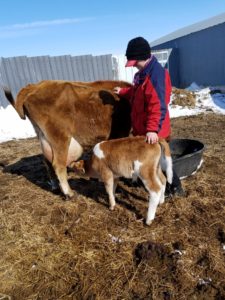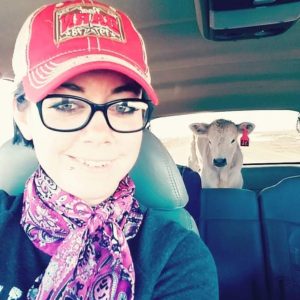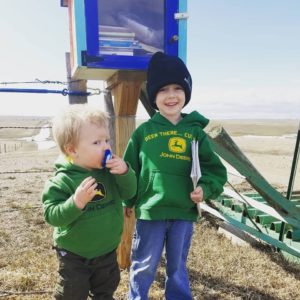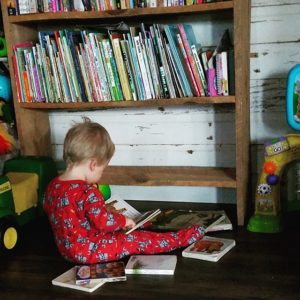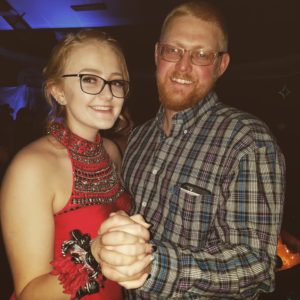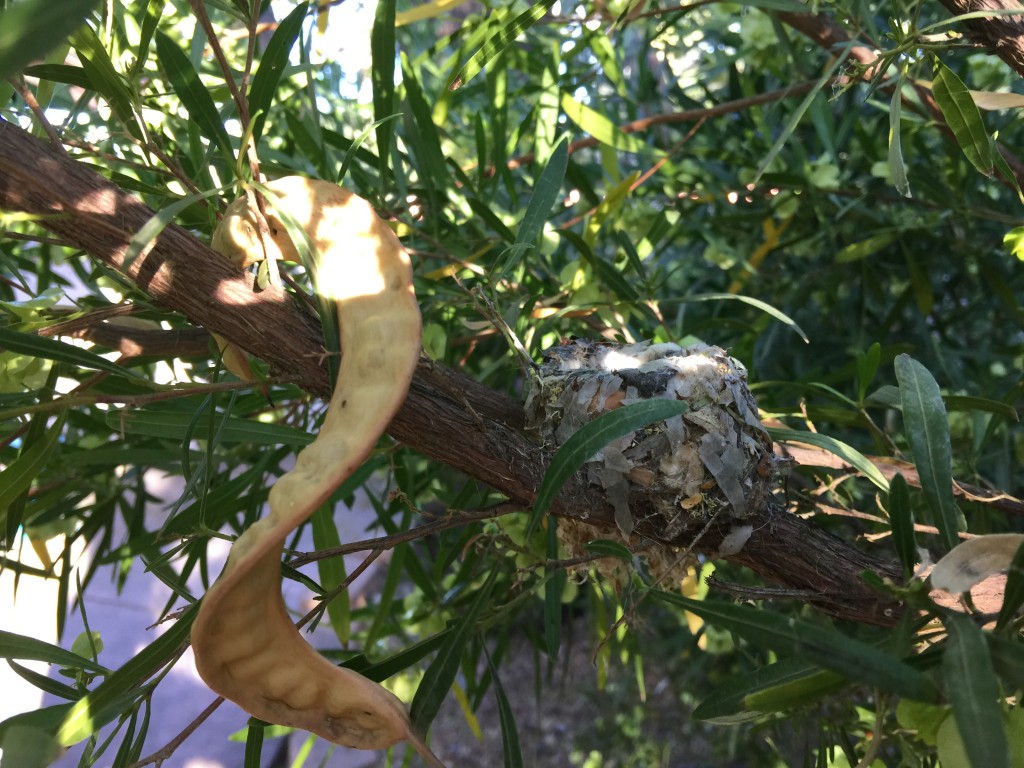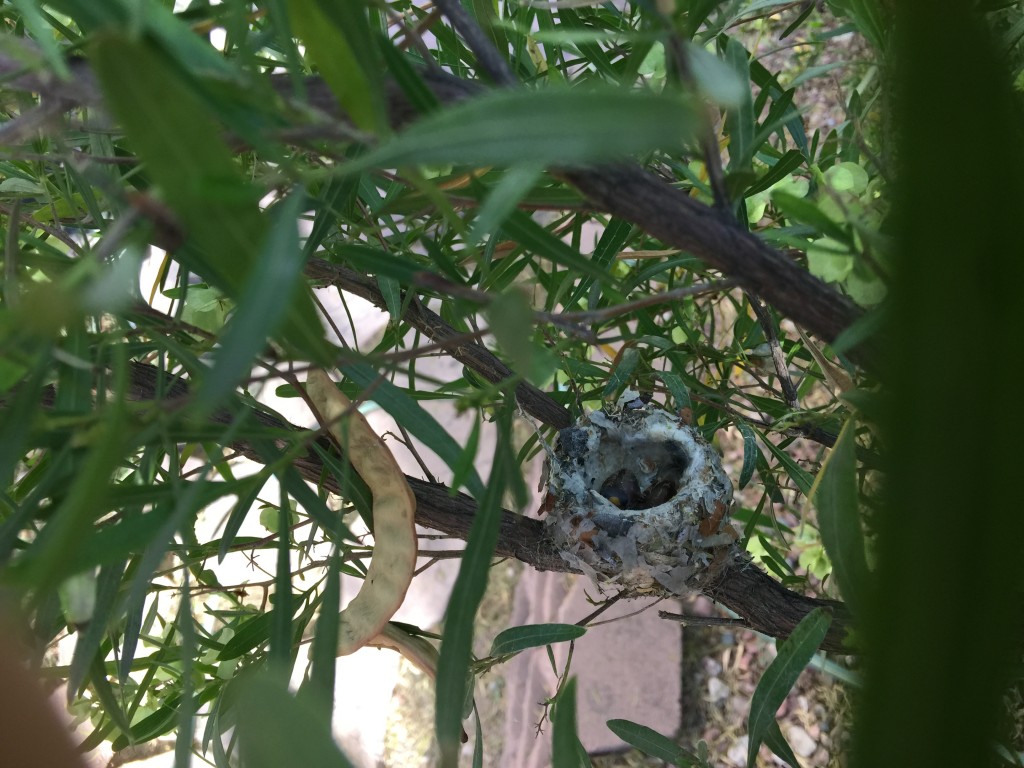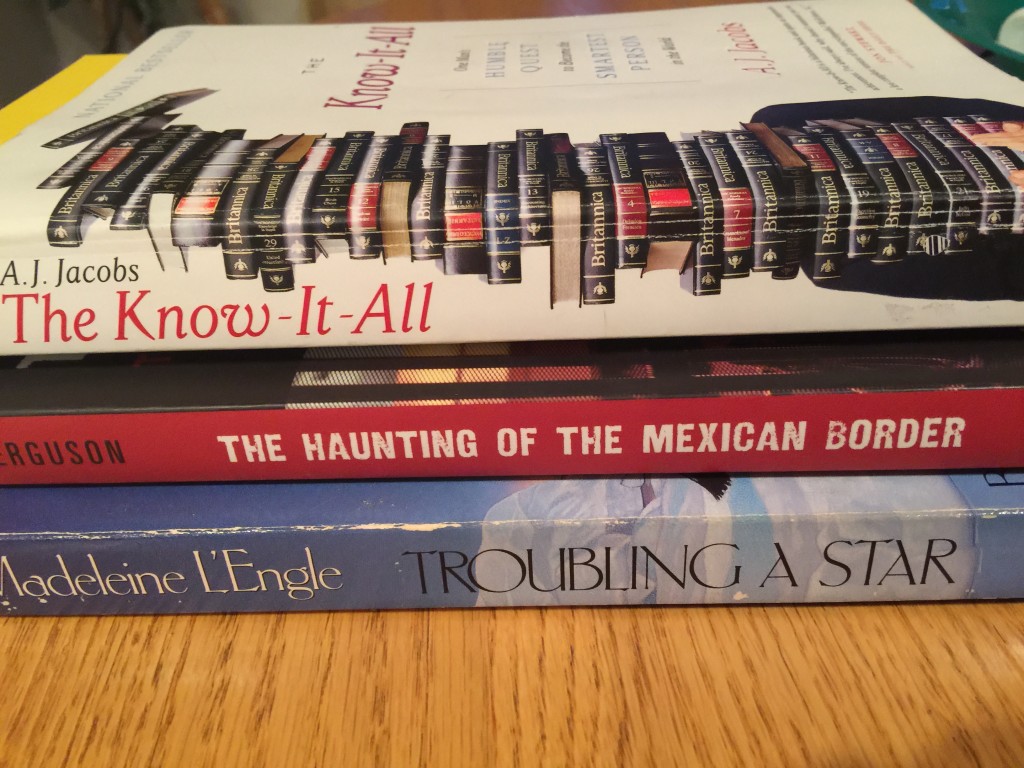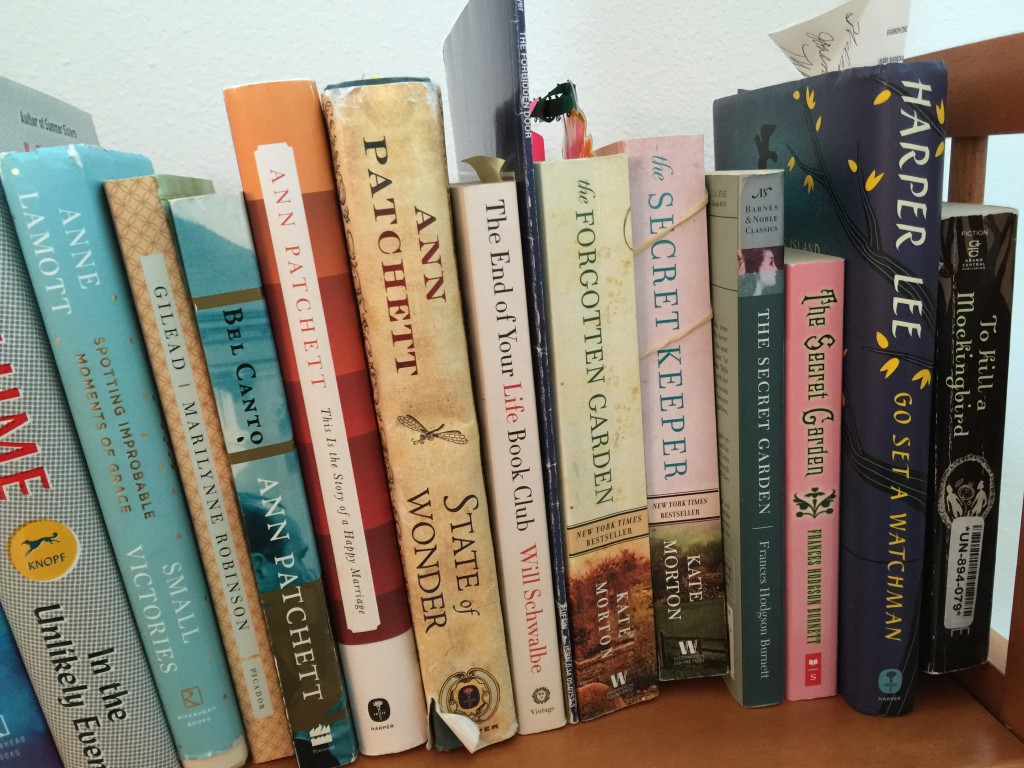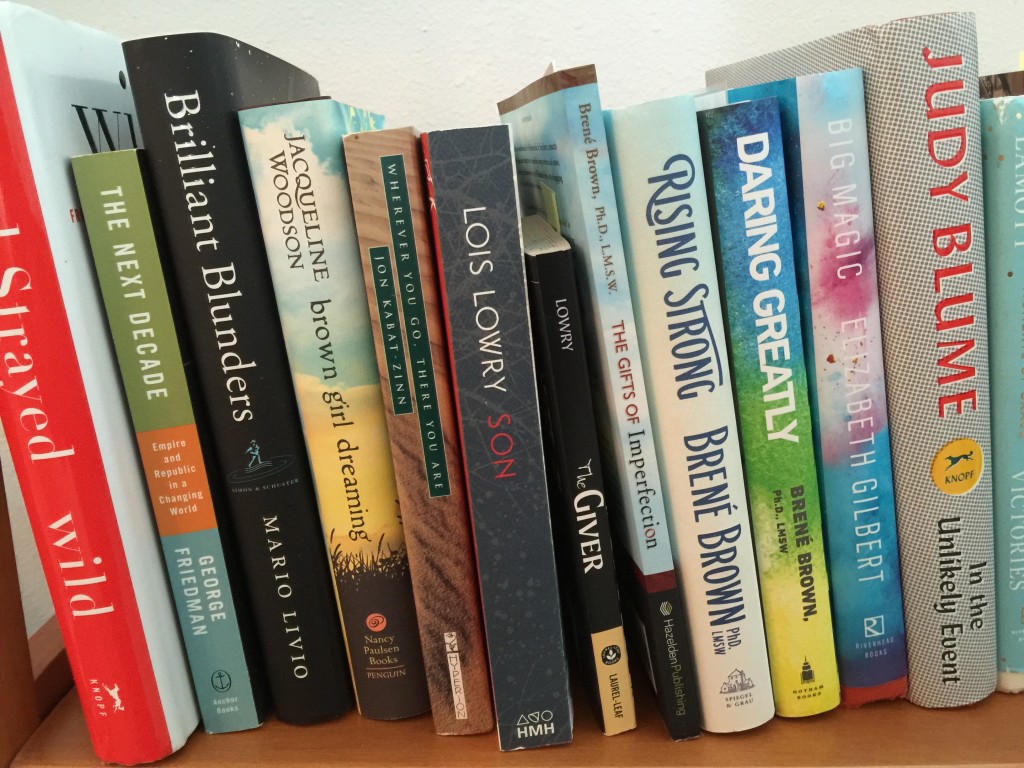The more, the better
The sooner the better
The faster the better
The harder the better
The louder the better.
Often, it seems that this is what the public seems to understand about second-language acquisition–turns out, it’s not true. If we want children to speak English, and we do, we do not have to give more, sooner, faster, harder, and louder. Because of this public (mis)understanding, each of us is often called upon to explain language acquisition, ESL (English as a Second Language), EAL (English as an Additional Language), ELD (English Language Development), sheltered content instruction, SDAIE (Specifically Designed Academic Instruction in English), and the multiple approaches to bilingual education and immersion. No wonder the public doesn’t understand. In what follows are some user-friendly, nonacademic-ese ways of sharing our knowledge, depending on the audience and the context.
In the section that follows, my goal is to make meaning of language acquisition. How does one get another language? For example, Elombe and Santu, what is the best way for them to learn English? If you are trying to learn Spanish, what is the most efficient and effective way?
Bilingual programs, when set up and evaluated correctly, accelerate the acquisition of English.
(Steve Krashen, 2016, October 17, Bilingual Education Accelerates English Language Development)
Bilingual Basics
In 1966, when I started teaching, I was a nice Spanish teacher. Thoughout my long and wonderful years of teaching, I focused on Spanish, language arts, literacy, ESL, dual-language immersion, and bilingual education. In all of those years, this is what I have learned.
- English is the primary goal of bilingual education
- Bilingual education is all about literacy and knowledge.
- The truth is that we can all stop worrying about the kids not getting conversational English. They’re all doing it. We can’t stop them. However, conversational English alone is not the answer. Our job, as teachers, is to focus on academic language.
- Kids can’t learn what they don’t understand. Me neither.
- Knowing your first language really well makes learning the second easier and faster.
- Lots of first-language literacy is a great indicator of success in school.
- Poverty is a great roadblock to literacy and knowledge; our job is to level the playing field while the kids are with us in school.
- People around the world feel strongly about their first language. And why not? It is how we all originally received love from our parents and families. It is okay to love your first language. It is okay for everyone to love their first language.
- Being bilingual is not bad. In fact, it is very good.
- Students myst be prepared for a world we can only imagine. Students need to be able to pose problems and solve problems with technology, which stretches beyond our wildest thoughts. Being able to do this in more than one language will be an advantage.
- Above all, students who will succeed socially and economically are those who can thrive in a multilingual world. And, when that day comes, it will still be okay for each of us to have strong feelings about our first language.
The Benefits of Being Bilingual
In addition, we now know that there are quantifiable benefits of being bilingual, thanks to the research primarily of Bialystok and colleagues (2004).
- Effective in fighting the negative mental decline in the aging process
- Increases intelligence
- Stimulates creativity
- Promotes cognitive flexibility
- Fosters divergent thinking
- Facilitates high levels of mental-linguistic and mental-cultural awareness
- Enables faster and more efficient learning of other languages
- Heightens sensitivity to feedback cues and general verbal communication.
Since research began to demonstrate the benefits of bing bilingual, the research on it has deepened. A couple of decades ago, there was initial skepticism, but the data are now so overwhelming that it is assumed knowledge among many educators and scholars.
However, my all-time favorite study on the benefits of being bilingual, of course, came from Steve Krashen (2010, October) in which he tells us, with the supporting research how to keep our brains young: Read, be bilingual, and drink coffee. And, now it is your favorite research study also. Read the study here: Keep Your Brain Young: Read, Be Bilingual, Drink Coffee and watch him tell about it here: PMAD Stephen Krashen
Controlled scientific studies have consistently shown that students in bilingual programs outperform students with similar backgrounds in all English programs on tests of English. In the most recent analysis, Professors Grace and David McField concluded that when both program quality and research quality are considere,d the superiority of bilingual education was considerably larger than previously reported
(Steve Krashen, 2016, October 22, Bilingual Education: Another Look at the Research






